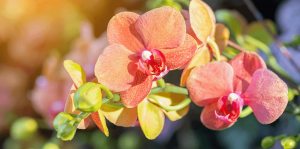Orchids have long been considered one of the most beautiful and exotic indoor plants, but here in Florida, since there’s no threat of frost, you can learn how to grow them outdoors! The care requirements are a little different when you grow orchids outside the house, but it really isn’t difficult once you learn the basics. Plus, there are so many incredible orchid varieties you can grow in SoFlo. This spring, fill your garden with some of these distinctive tropical beauties—you’ll love the air of romance and mystery they bring to the scenery!
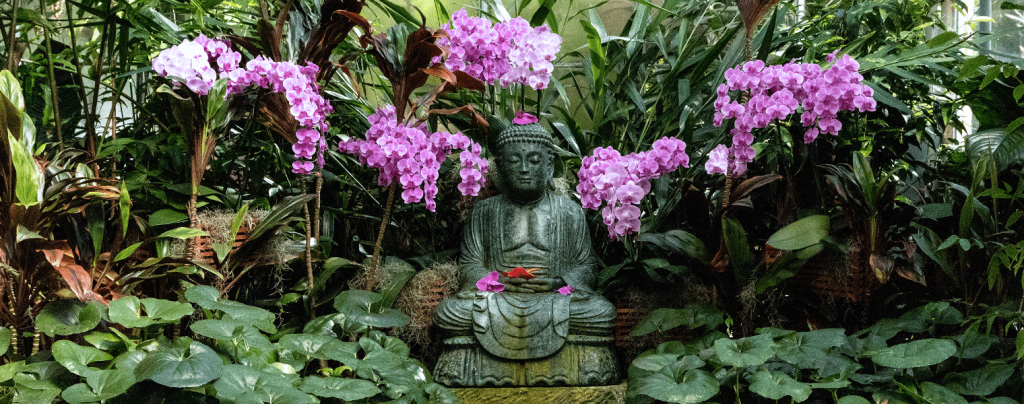
Where is the best place to grow orchids outside?
Now, while we don’t have to worry about temperatures getting too cold for our orchids, we do have to be mindful of the heat when learning how to grow orchids outdoors. Temperatures over 110°F can scorch your orchids, and direct sunlight is too intense for them. Bright, indirect light is recommended for orchids, so you’ll have greater success if you grow them in an area with sun protection. A patio covered by an awning, or a spot underneath the canopy of a shade tree make excellent spots for growing an orchid.
Orchids naturally grow by attaching themselves to trees in the wild, so some gardeners like to grow orchids outdoors this way. However, since it can get extremely warm in summer in South Florida, we recommend growing your orchid in a container so you have the option to bring it indoors if necessary.
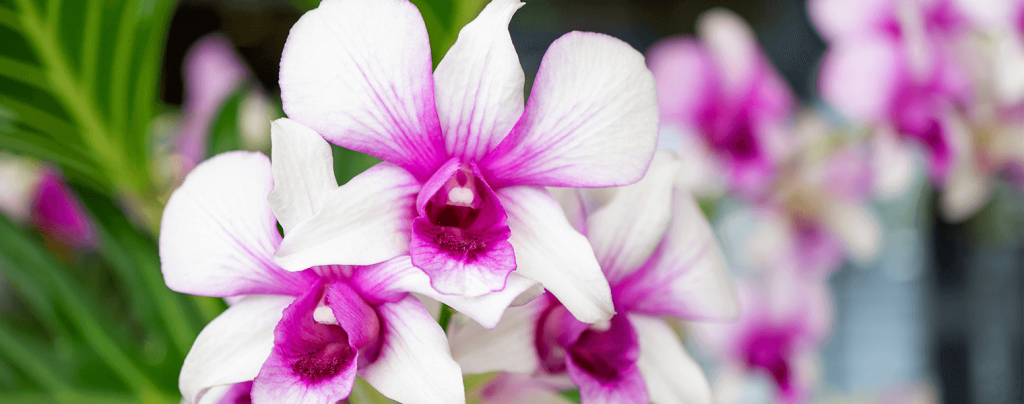
How to Plant Orchids Outside
You’ll need to buy a starter plant if you want to grow orchids, as they are incredibly difficult to grow from seeds and require specialized equipment. Plant your orchid in a pot full of loose potting medium that is specially formulated for orchids. These are typically made from chunky bark, peat moss, and other organic materials—much lighter and drier than your typical potting soil.
Since orchids are epiphytes, they don’t technically need to grow in a pot filled with a potting medium. You can learn how to grow orchids in other creative ways! Mounting an orchid on a wooden plaque with a peat moss mound for the roots can be an especially attractive way to display your plant outside, and it doubles as a piece of patio art.
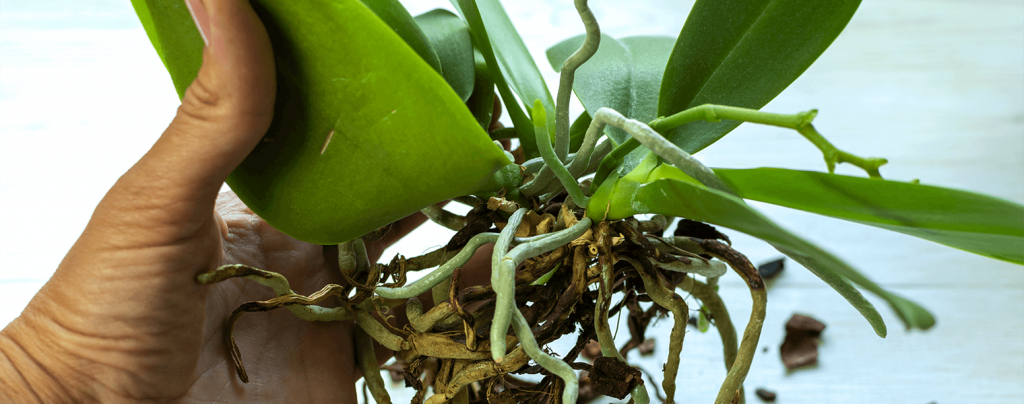
How to Take Care of Orchids Outdoors
The amount that you water your orchid really depends on the medium you’re growing it in. A plastic pot full of peat moss will hold onto moisture for longer than a clay pot full of bark medium. Water your orchid frequently during especially warm and dry periods, but monitor your plant closely and amend your watering schedule if necessary.
During the rainy season, you’ll want to be sure your orchid containers don’t overflow. This is another reason why it’s great to grow your orchids in a spot with some shade and protection from the elements. Pots with drainage holes can help prevent your plant from drowning, but orchids can be delicate, so you’ll want to keep them safe if the wind and rain get too intense.
Orchids that are mounted to plaques and aren’t in pots need to be watered differently. Don’t worry, it isn’t difficult to figure out how to saturate the roots! Try holding the roots of the plant underneath a running faucet for a moment so it’s well saturated, soaking them in a bowl of water, or spraying the roots generously.
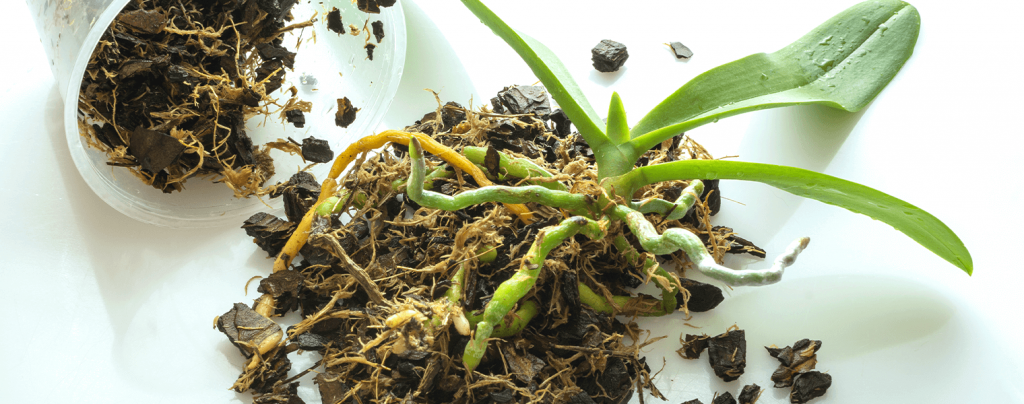
When you live on the coast, sometimes salt water can infiltrate well water. It’s important to use water with low salt content, because orchids are especially sensitive to salt buildup. Water with a salt ppm of under 500 will work best, and anything over 875 ppm will be quite detrimental to your plant. If it’s hovering around the 500–700 range, your plant can still remain healthy, but you may notice some salt buildup in the container. Watering under a running faucet is a good way to rinse away this buildup.
Fertilizer is another important part of outdoor orchid care, but it can be hard figuring out how to choose the correct formula. Generally, a balanced 1-1-1 formula should be completely fine for orchids. However, if they’re grown in a shredded bark medium, that bark will naturally decompose over time. This provides beneficial microbes that help the plant; however, those microbes like to eat up the nitrogen from the fertilizer. By that logic, if you compensate by using a 3-1-1 fertilizer for orchids grown in bark mediums, you’ll have better results.
If you think you can handle the basics of how to grow orchids outside, visit Living Color to see all our incredible new outdoor orchids for sale. We’ve got all the supplies you need to keep them healthy and thriving in Fort Lauderdale, and our in-store experts are happy to help you with any questions you may have along the way!

